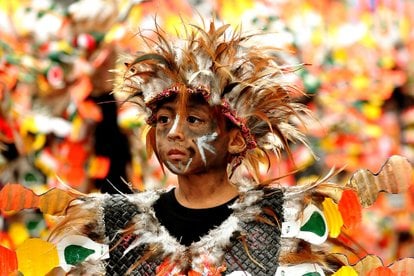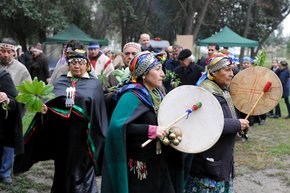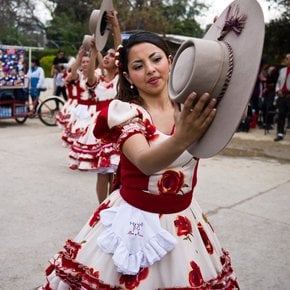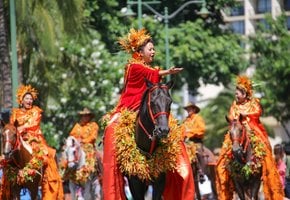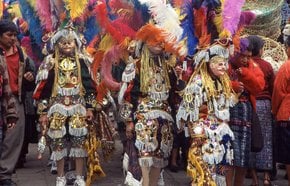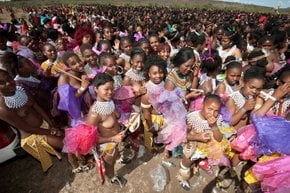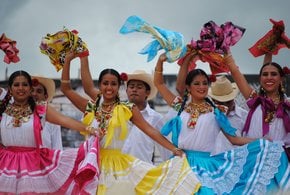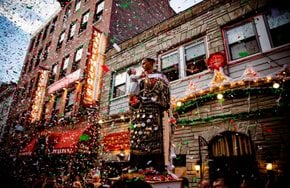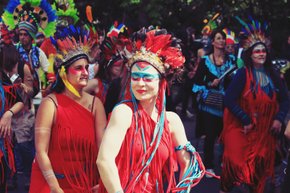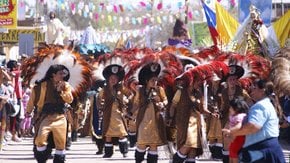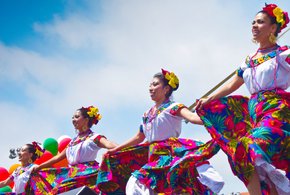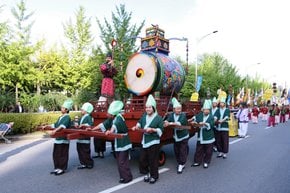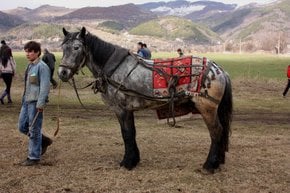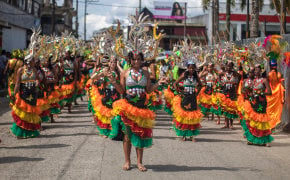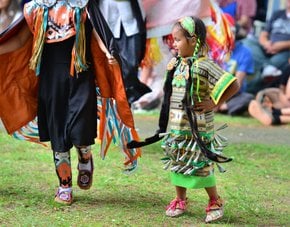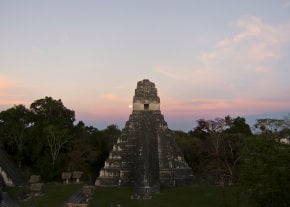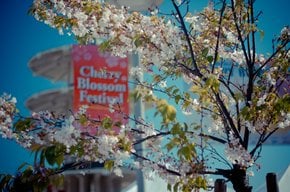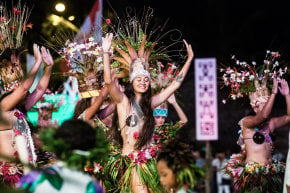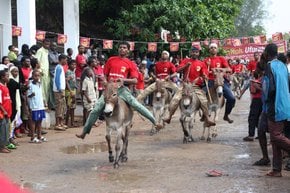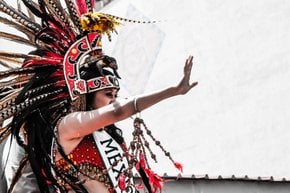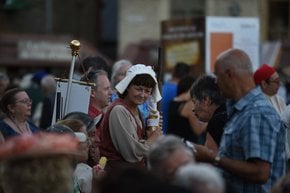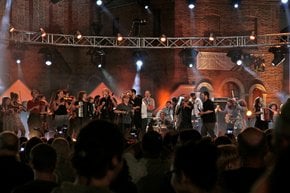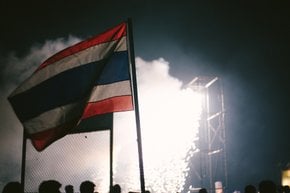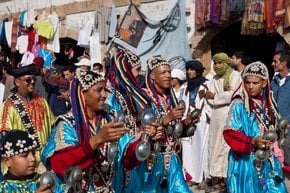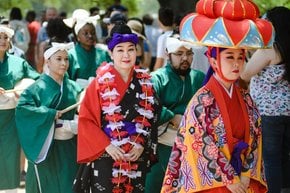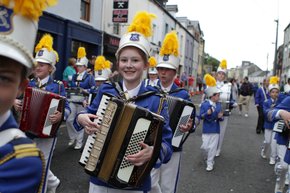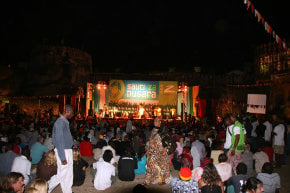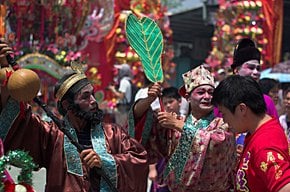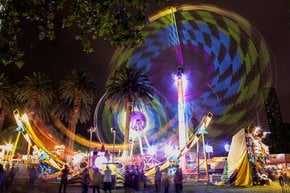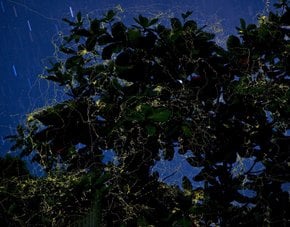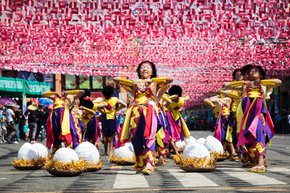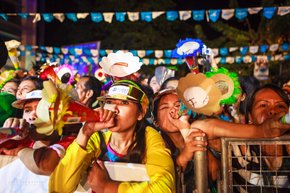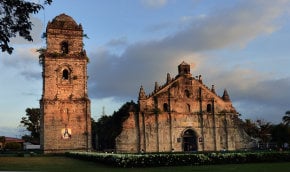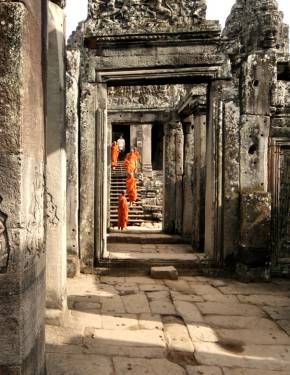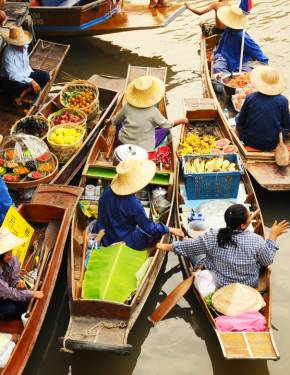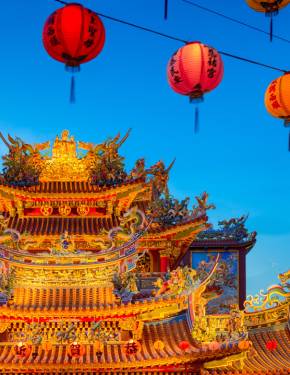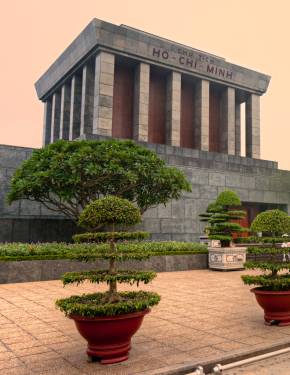Ati-Atihan Festival 2025 in Philippines
If you are looking for a party, try the most popular one among the Filipinos themselves
Dates: January 10–19, 2025
The Ati-Atihan Festival, often referred to as the “Mother of All Philippine Festivals,” is a vibrant and deeply rooted tradition held annually in Kalibo, Aklan. Scheduled for January 2025, the festival offers an engaging mix of cultural performances and religious devotion, paying homage to the Santo Niño (Holy Child Jesus) and the indigenous Ati people. Known for its lively street dancing, rhythmic drumbeats, and elaborate costumes, this week-long event is a highlight for locals and visitors alike.
Cultural Highlights and Activities
One of the festival’s most captivating features is its dynamic street parades, where participants don colorful, intricate costumes inspired by the Ati people, the event’s namesake. The costumes often incorporate feathers, beads, and tribal motifs, and many participants paint their faces black to symbolize unity with the Ati. These parades, collectively known as “Sadsad,” fill Kalibo’s streets with energetic dancing, drumming, and chanting, creating an electric atmosphere.
Visitors can also explore arts and crafts stalls, sample local delicacies like bibingka (rice cake) and lechon (roast pig), and attend religious ceremonies at Kalibo Cathedral. The combination of cultural displays and culinary delights ensures an immersive experience for all attendees.
Schedule and Key Events
The Ati-Atihan Festival 2025 will take place during the week leading up to Sunday, January 19. Here are the highlights:
Opening Ceremonies
The festival begins with a Mass, followed by smaller parades and community gatherings. These early events offer a chance to experience Kalibo’s local charm and hospitality.
Sadsad Street Dancing (January 17-19)
Groups dressed in elaborate costumes perform traditional dances to the beat of drums, honoring the Santo Niño and celebrating Ati heritage.
Grand Parade and Tribal Competitions (January 18)
Tribal groups compete in categories like Tribal Big, Tribal Small, and Balik Ati. The performances showcase a blend of traditional and modern elements, highlighting the creativity and talent of the participants.
Culmination Events (January 19)
The final day features a grand procession, religious Mass, and blessing ceremonies. Thousands gather for this powerful display of faith and cultural pride, marking the festival’s conclusion.
Tickets and Parking
The Ati-Atihan Festival is free to attend, making it accessible to everyone. The primary events are centered in Kalibo Pastrana Park and Magsaysay Park, both easily reachable within the town. While parking may be limited due to the influx of visitors, nearby areas often provide temporary parking facilities. Public transportation is recommended for a hassle-free experience.
Location
Kalibo, located on the island of Panay, offers various accommodations ranging from budget-friendly inns to upscale hotels. The town also serves as a gateway to Aklan’s natural attractions, such as beaches and waterfalls, allowing for extended exploration.
While Kalibo is the heart of Ati-Atihan celebrations, the festival's spirit extends to other towns and cities like Iloilo City and Cebu. These areas blend Ati-Atihan-inspired parades with their local traditions. In towns such as Malay (Boracay Island), Lezo, Malinao, Altavas, Batan, Makato, and Ibajay, the 'Sadsad' dance brings the streets alive as Aklanons unite in celebration.
History
The Ati-Atihan Festival traces its roots to the 13th century when Malay settlers sought help from the Ati people during a crisis. In gratitude, they adopted the Ati’s customs, painting their faces with soot and engaging in communal song and dance. Over time, this cultural gathering evolved, incorporating Catholic elements introduced during Spanish colonization, with the Santo Niño becoming a central figure of reverence.
Today, the festival represents a harmonious blend of indigenous and Christian traditions, celebrating unity, resilience, and Filipino identity. Recognized by UNESCO as a piece of intangible cultural heritage, Ati-Atihan continues to be a source of pride for the Philippines.

